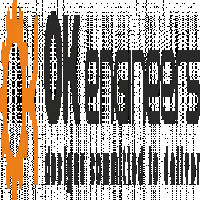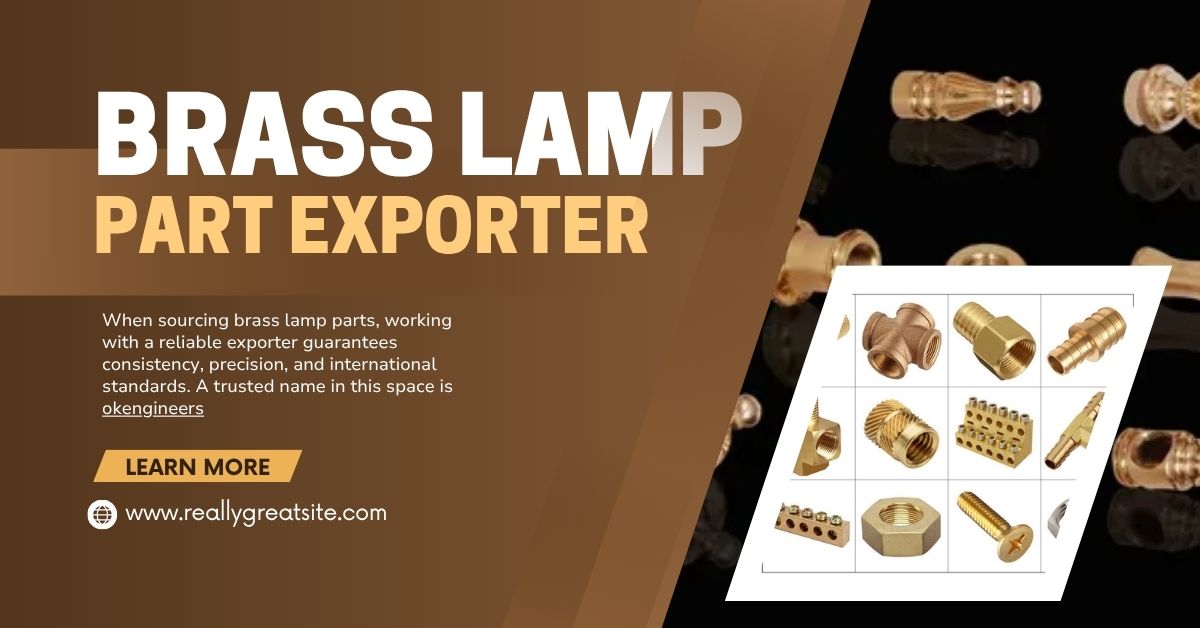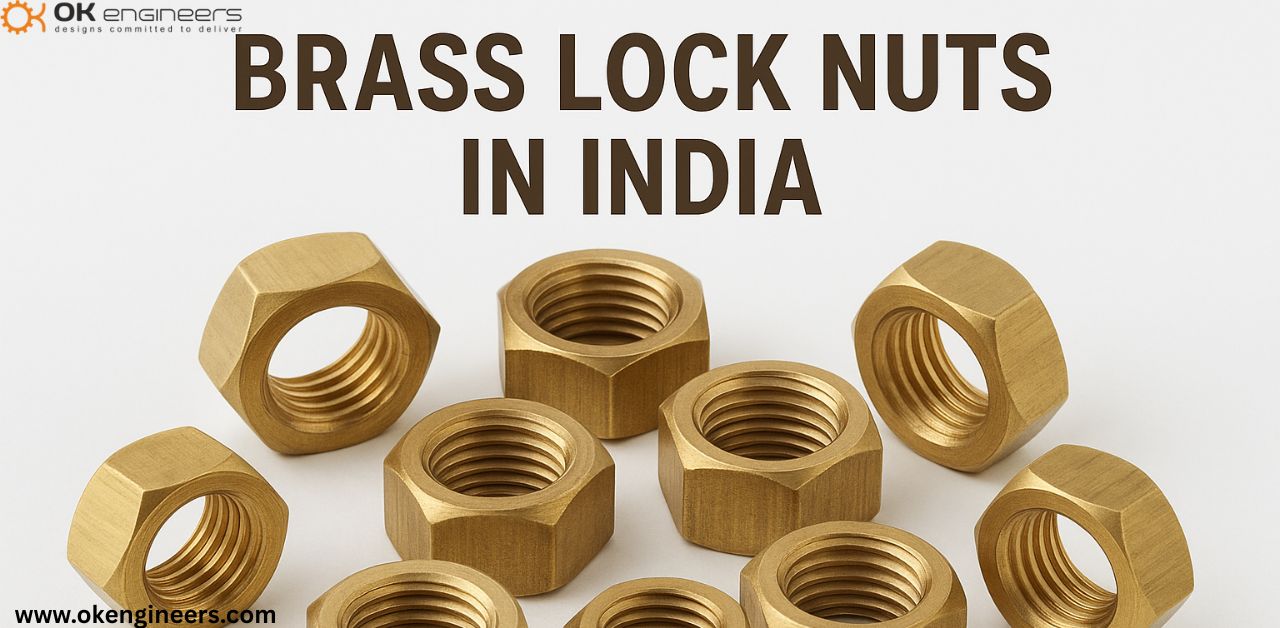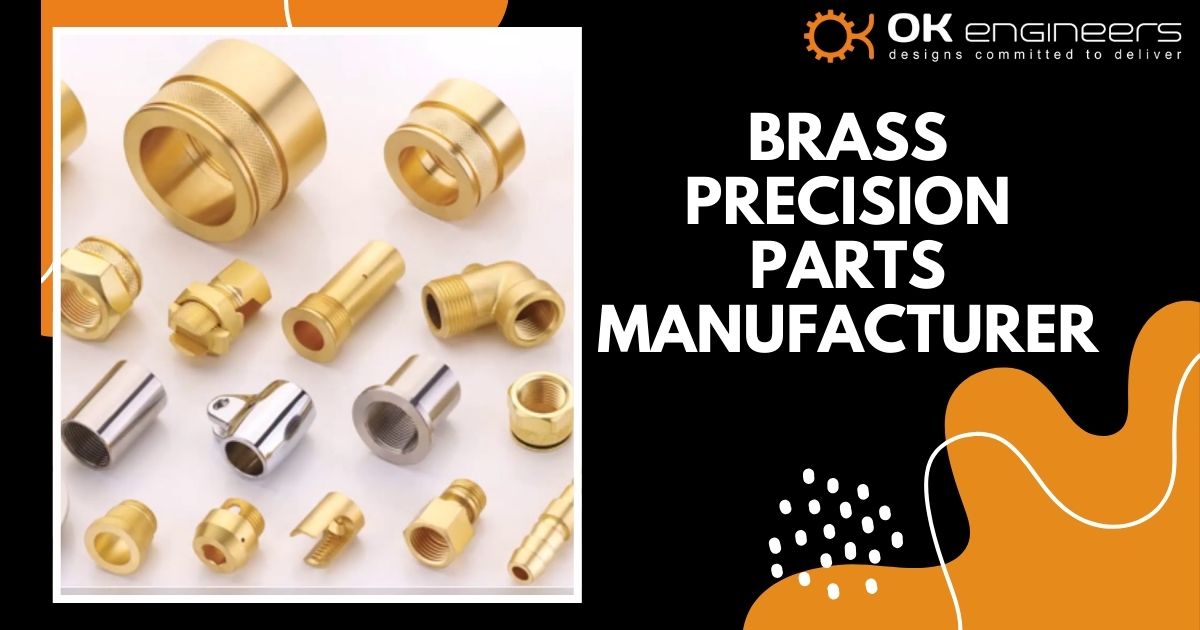The Versatility and Applications of Brass Turned Parts in Modern Manufacturing

Strong 8k brings an ultra-HD IPTV experience to your living room and your pocket.
Introduction
Brass has long been a material of choice in various industries due to its unique properties such as durability, corrosion resistance, and excellent machinability. Among the many forms brass can take, Brass Turned Parts have gained prominence for their wide range of applications across industries such as plumbing, automotive, electrical, and aerospace. In this blog, we will explore the world of brass turned parts, discussing their manufacturing process, benefits, and key applications.
What are Brass Turned Parts?
Brass turned parts are components that are produced through a machining process called turning. This involves rotating a brass workpiece on a lathe while a cutting tool shapes the material into the desired form. These parts can vary in size and complexity, ranging from simple cylindrical shapes to intricate components with multiple features. Common examples include fittings, connectors, fasteners, and bushings, among many others.
Why Brass is Ideal for Turned Parts
Several factors make brass an excellent material for producing turned parts:
Machinability: Brass is one of the most machinable metals, allowing for high precision and efficiency in the turning process. This is essential for creating parts that require tight tolerances.
Corrosion Resistance: Brass is naturally resistant to corrosion, especially from water and other non-acidic environments, making brass turned parts ideal for plumbing and marine applications.
Durability: Brass offers excellent strength and longevity, ensuring that turned parts made from this material can withstand heavy use without wearing down easily.
Conductivity: Brass is a good conductor of electricity and heat, which is why it is often used in electrical and thermal applications.
Aesthetic Appeal: With its distinctive golden hue, brass is not only functional but also aesthetically pleasing, which is why brass turned parts are sometimes chosen for decorative purposes in industries such as architecture and interior design.
Manufacturing Process of Brass Turned Parts
The manufacturing of brass turned parts typically follows a detailed process to ensure high precision and quality. Here's an overview of the key steps involved:
Material Selection: High-quality brass rods or bars are chosen based on the specific application requirements. The grade of brass may vary, with some alloys offering higher corrosion resistance or better machinability.
Turning Process: The brass rod is fed into a lathe where it rotates while a cutting tool removes material to shape the component. Depending on the complexity, CNC (Computer Numerical Control) machines may be used to automate the process and achieve precision.
Secondary Operations: After turning, additional machining processes such as drilling, threading, or milling may be performed to add features or further refine the part.
Finishing: The turned part is polished or plated, depending on the application. In some cases, a coating may be applied for enhanced protection against corrosion or wear.
Quality Control: Each brass turned part is subjected to rigorous quality control to ensure it meets the required specifications. This includes dimensional checks, surface finish inspections, and sometimes performance testing.
Applications of Brass Turned Parts
Brass turned parts are highly versatile and find use in a wide range of industries. Here are some of the most common applications:
1. Plumbing and Fluid Handling
Due to its corrosion resistance and durability, brass is commonly used in plumbing systems. Brass turned parts such as fittings, valves, and connectors are essential for joining pipes, regulating fluid flow, and ensuring leak-free systems. These components are widely used in residential, commercial, and industrial plumbing installations.
2. Automotive Industry
In the automotive sector, brass turned parts play a vital role in engine systems, fuel lines, and transmission components. Brass's strength and heat resistance make it ideal for these high-performance applications. Turned parts such as bushings, fuel nozzles, and fasteners are crucial for ensuring the smooth operation of vehicles.
3. Electrical and Electronics
Brass is an excellent conductor of electricity, which makes it a preferred material for electrical connectors, terminals, and switches. Brass turned parts in this industry are used to create components that ensure reliable electrical connections in various devices and systems, including home appliances, industrial equipment, and telecommunications infrastructure.
4. Aerospace
In the aerospace industry, precision and reliability are paramount. Brass turned parts are used in various systems, including hydraulic components, fuel systems, and instrumentation. The strength and lightweight nature of brass contribute to its effectiveness in demanding aerospace applications where weight reduction is crucial.
5. Marine Industry
The marine environment is harsh, with constant exposure to moisture and salt, which can corrode many metals. However, brass is highly resistant to such conditions, making it an ideal choice for marine applications. Brass turned parts are used in shipbuilding for components like valves, pumps, and propeller shafts.
6. Architectural and Decorative Uses
The aesthetic appeal of brass, combined with its durability, makes it popular in architectural design. Brass turned parts such as decorative fixtures, railings, and handles are used in both modern and traditional architecture. Their golden color adds a touch of elegance while ensuring longevity.
Advantages of Using Brass Turned Parts
Precision Engineering: Brass's machinability allows manufacturers to produce highly accurate parts with complex geometries, essential for industries requiring precision.
Cost-Effective: Brass is relatively affordable compared to other metals like stainless steel or bronze, yet it offers similar benefits such as strength and corrosion resistance.
Versatility: Brass turned parts can be used in a wide range of applications, from plumbing and automotive to electronics and architecture.
Sustainability: Brass is a recyclable material, which makes it an environmentally friendly choice for industries looking to reduce their carbon footprint.
The Future of Brass Turned Parts
With the ongoing advancement of manufacturing technologies such as CNC machining and automation, the production of brass turned parts is becoming faster, more efficient, and more precise. This trend will likely lead to even broader applications for these components, especially in emerging industries such as renewable energy, robotics, and medical devices.
Additionally, as industries continue to prioritize sustainability, the recyclability and durability of brass will position brass turned parts as a go-to solution for companies seeking eco-friendly alternatives without compromising on performance.
Conclusion
Brass turned parts are indispensable components across various industries due to their versatility, durability, and cost-effectiveness. Whether in plumbing systems, automotive engines, or electrical devices, these precision-engineered parts play a critical role in ensuring reliable performance and longevity. As manufacturing technologies continue to evolve, we can expect the demand for brass turned components to grow, further cementing their position as a key material in modern industry.
By understanding the advantages and applications of brass turned parts, manufacturers and engineers can make informed decisions about integrating these components into their designs, optimizing both performance and cost.
Note: IndiBlogHub features both user-submitted and editorial content. We do not verify third-party contributions. Read our Disclaimer and Privacy Policyfor details.







